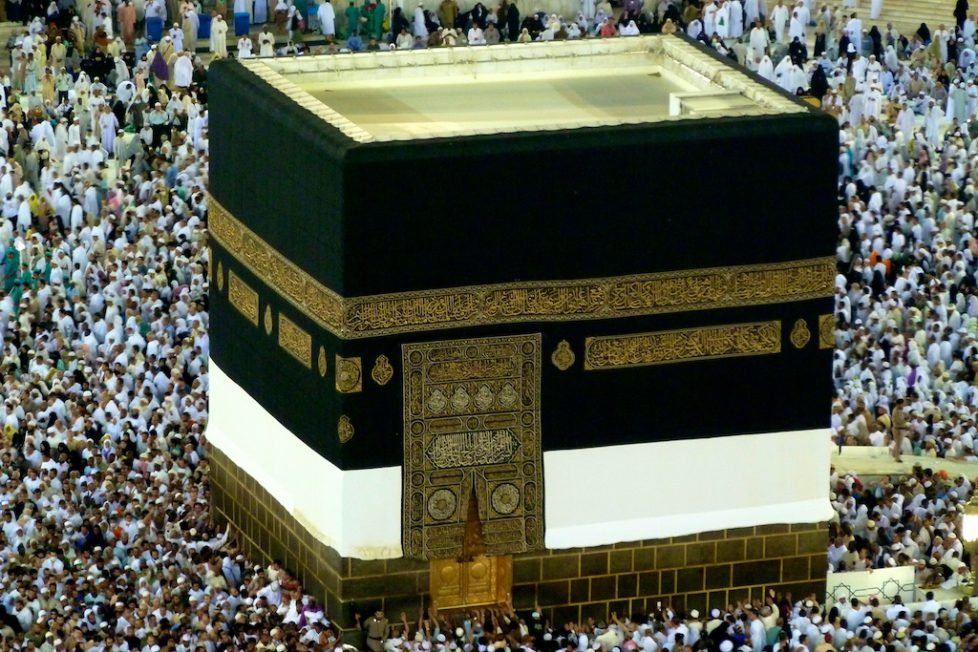Is the Ka’aba idol a Pagan Shiva Linga?


Muslims don’t realize that whatever benefits they are receiving from the visit to Mecca is because of the Pagan Gods and Goddesses which were housed in Temple(s) built where now the Ka’aba idol stands.
The Pagan deities of pre-Islamic Arabia were worshiped in the form of stones or rocks. The Pagan deity ‘Al-Lat’, mentioned in the Koran but worshiped by pre-Islamic Pagans in the dessert regions is said to be one of the daughters of Allah. An edifice was built over the rock in Saudi Arabia to mark it apart as a house of worship.
The primary sacred object in Arabian religion was the stone – a rock or a large boulder – which makes one think of the elliptical Linga which symbolizes Hindu Shiva. The stones used for construction were made of baetyls, which is the most popular black-stone used for erecting the Ka’aba idol at Mecca. The energy of the Linga-stone is what resonates with millions of devotees of Islam. The Ka’aba idol still retains its power because the Linga is well-preserved underneath the new construction.
The Ka’aba is the central shrine worshiped in Islam though Islam claims there should not be any objects worshiped. The devotees obviously are benefiting not just from the still functional Linga but also from the consecrated powers of the numerous Pagan Gods and Goddesses buried underneath the Ka’aba.
Pagans are known to pray five times per day towards Mecca and the temples and Muslims have still retained this Pagan practice as part of Islamic tradition. The 360 consecrated Pagan deities are very much alive at Mecca and though Muhamad the Prophet seemed to have destroyed the physical statues, the energies are still reverberating in the location of the Ka’aba.
The Islamic faith has retained the Pagan and Hindu practice of circumambulation around the Ka’aba. Pre-Islamic pagans used to do so in order to please the Moon God Hubal and the 360 deities housed underneath the Ka’aba.
Muslims unknowingly seem to have continued the Pagan and Hindu worship rituals including paying homage to Lord Shiva and other Pagan deities, including powerful, female Goddesses – Allāt, Al-‘Uzzá, and Manāt.
Such is the beauty of Sanatana Dharma – it truly is Eternal even if known by other names in modern society.
DISCLAIMER: The author is solely responsible for the views expressed in this article. The author carries the responsibility for citing and/or licensing of images utilized within the text.
